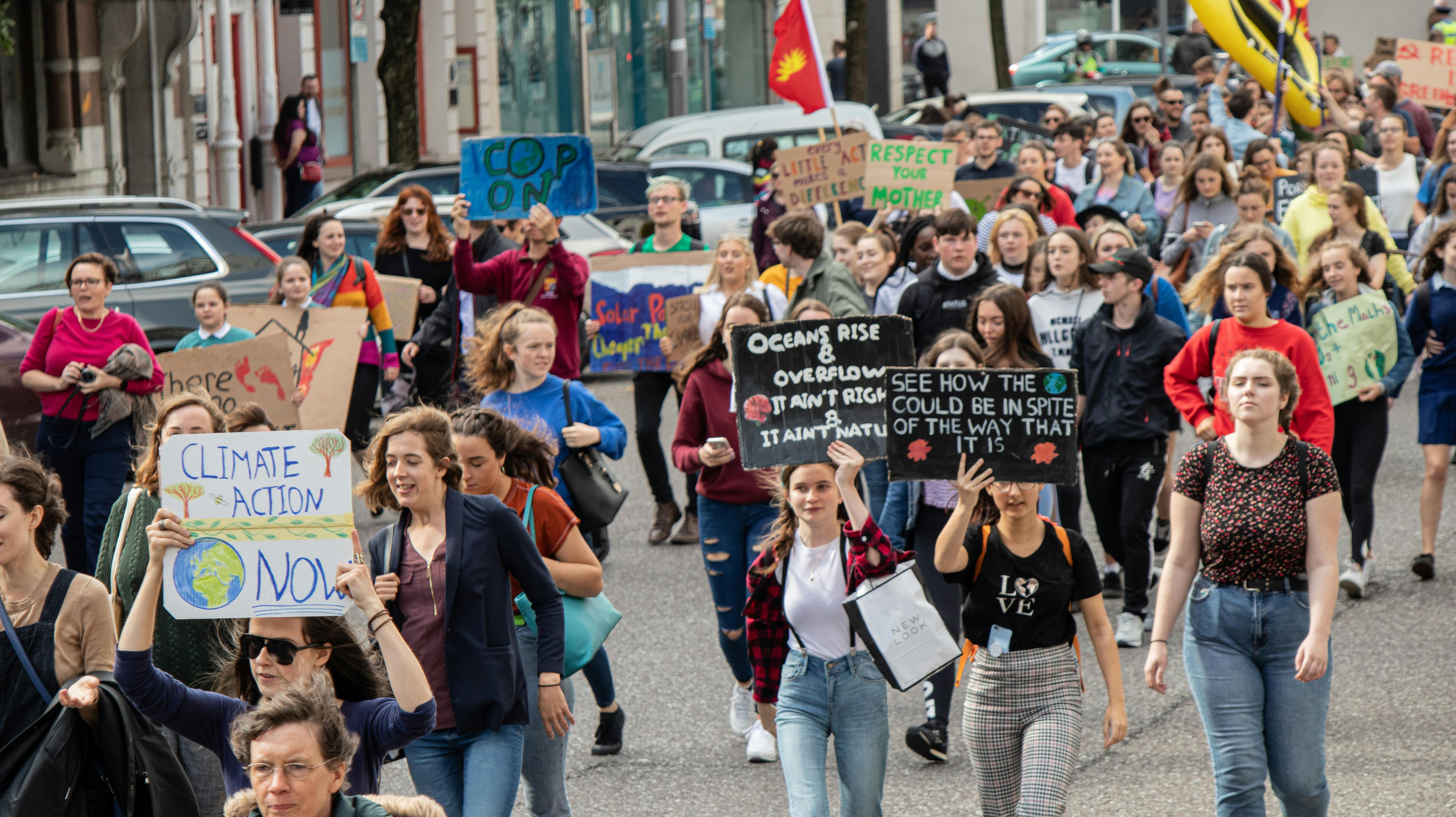
With Bristol as European Green Capital this year, we were particularly excited to be asked by the IUCN to create their latest marketing video campaign for the most significant global climate change conference, COP 21. Governments from over 190 countries met in Paris to reach a new agreement on reducing the effects of climate change.
Do we still have your attention…?
We’re only asking as often when the phrase ‘climate change’ is mentioned, people begin to glaze over. A powerful video marketing strategy can help:
– really drive the facts home.
– turn complex scientific facts into understandable messages
– set up a problem and reveal a solution through storytelling
– draw on the power of emotion
– encourage sharing
We’ve picked out examples of video content spreading an environmental message with key takeaways.
Humour in video content
Humour can be an effective way to engage people in a positive way and encourage social sharing. This quirky campaign for a French supermarket, Intermarche is a wonderful example which stresses that making changes for the environment does not need to be painful.
As you may have seen from the TV campaign, “Hugh’s War on Waste”, tonnes of food are wasted each year, partly because of the perceived consumer desire for ‘perfectly formed’ vegetables. But this does not need to be the case. “Ugly” fruit and veg can be eaten too – and they’re cheaper and healthier. Find out more about the campaign in this video:
The vegetables almost become characters in the story.
Wildlife videos
This film from Wild Aid uses celebrity endorsement to push its message about stopping the rhino horn trade.
Here Jackie Chan is in ‘character’ as he dodges the weapons which will be used to kill the rhinos. It does have a shocking message, but gives people a clear call to action. Celebrity endorsement can be costly, but here it could be useful to give credibility to the campaign’s message.
One of the issues with climate change messaging is that it feels all “doom and gloom”, with no easy solutions. It’s important to key into positive messages, and ask people to protect what they love. By showing the beauty of nature, WWF manage to encourage their audience to love wildlife and therefore protect it through stunning visuals, video content shared via their marketing channels, including social video. The campaign of a panda doing a handstand could be used on social in a humorous context to draw on that wider audience who will always click on funny animal videos.
Once they pull viewers in with the beauty of wildlife, then they can start to share more in-depth content. The video below asks people to question how their laptops are made. It uses animation to show the facts and change the audience’s perceptions.
Turn data into engaging visuals
We were asked to make a film for the not-for-profit, International Union for Conservation of Nature (IUCN) to show at their exhibition stand at COP 21. It would then also act as a brand video on their YouTube channel. It’s a high-level film aimed at government officials to show them how the IUCN is championing nature-based solutions.
The film sets up the ‘problem’ of climate change and its devastating effects and then offers solutions from nature. The scientific facts are presented visually making them clear and understandable. At the end, there is a call to act and use the nature-based solutions which have been highlighted in the video.
Corporate Social Responsibility
As part of their corporate social responsibility strategy, many brands are showing their support to challenge climate change at COP 21 including IKEA. The brand has a section on its website which focusses on ways to live more sustainably. They are using LED lights in their products which use less energy. The campaign stresses the positive benefits to customers’ lighting experience and that they are cheaper rather than the environmental benefits which are added at the end.
Passion for fashion
With consumer pressure and scandals such as the Rana Plaza disaster, fashion brands need to react. The video below from H and M’s conscious collection, is not about pushing an environmental message, rather it takes the power and beauty of nature and shows how these have inspired the collection. It may be style with a heart but the fashion comes first in the messaging.
Contests to engage
It is important to get people actively involved in these campaigns, and encouraging user generated content is a good strategy. The UN ran a video competition aimed at young people to produce a video to show the action being taken against climate change where they live to tie in with COP 21 in Paris. You can watch one of the winning videos below:
A contest is a great way to get involvement and also build new followers or capture data. However we would advise making it as easy as possible for people to get involved. Why not ask them to make a video via Twitter or Instagram?
Have you spotted any engaging campaigns that work to change behaviour? Get in touch!


